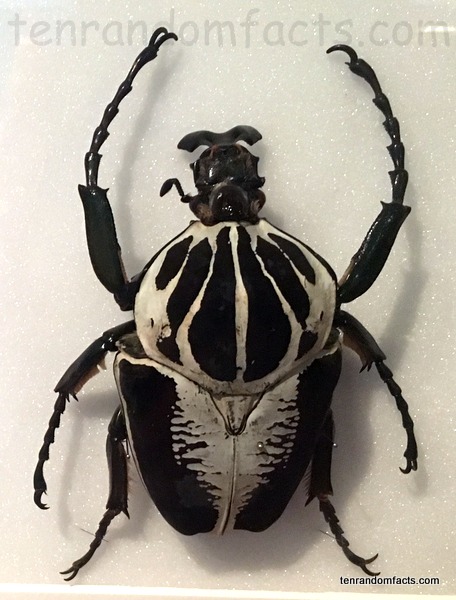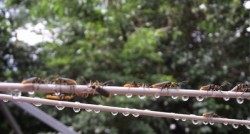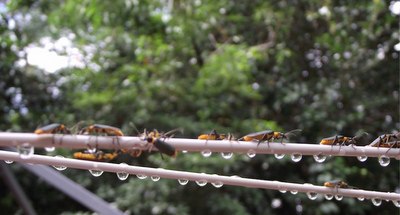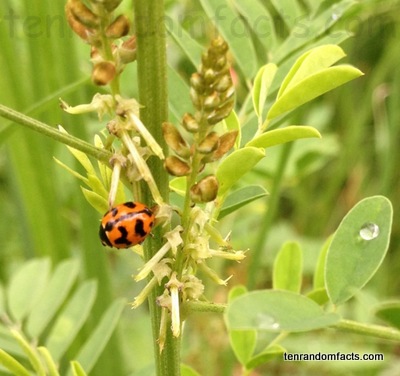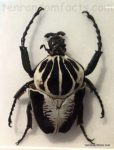
Goliath beetles are at the top of their game.
- Goliath beetles are five species of large beetles native to Africa’s tropical habitats.
- The scientific name of the Goliath beetle is Goliathus and it is from the family Scarabaeidae, the family of scarabs.
- With an adult length generally ranging from 5 to 11 centimetres (2 to 4.3 inches) and a larvae weight reaching 80 to 100 grams (2.8 to 3.5 ounces), the Goliath beetle is one of the largest extant insects.
- The diet of the larvae of Goliath beetles consists primarily of decaying wood and vegetation, while the diet of the adults consists of fruit and sap from trees.
- Goliath beetles can be a black, brown, yellow or white colour, and they generally feature black coloured patterns.
- During the dry season, Goliath beetle larvae will pupate to become an adult, and they emerge in the wet season as beetles.
- Male Goliath beetles boast a horn that is shaped as a ‘y’, a feature absent in females who instead have a head that tapers to a thin edge.
- Goliath beetles tend to be inactive during cooler temperatures and become mobile on both foot and in flight when temperatures become warmer.
- Some people keep Goliath beetles as pets, and when captive, the beetles will commonly consume cat or dog food, which is effective in providing the large quantity of protein that the beetles require for breeding purposes.
- To fly, an adult Goliath beetle can extend its wings from the side of its body, rather than lift the wing shield-flaps up as most beetles do.
Bibliography:
Goliath Beetles, 2010, Australian Museum, http://australianmuseum.net.au/image/goliath-beetles
Goliathus, 2006, Natural Words, http://www.naturalworlds.org/goliathus/
Goliathus, 2016, Wikipedia, https://en.wikipedia.org/wiki/Goliathus
Nelson B, 10 of the Largest Insects in the World, 2016, Mother Nature Network, http://www.mnn.com/earth-matters/animals/photos/10-of-the-largest-insects-in-the-world/goliath-beetle






